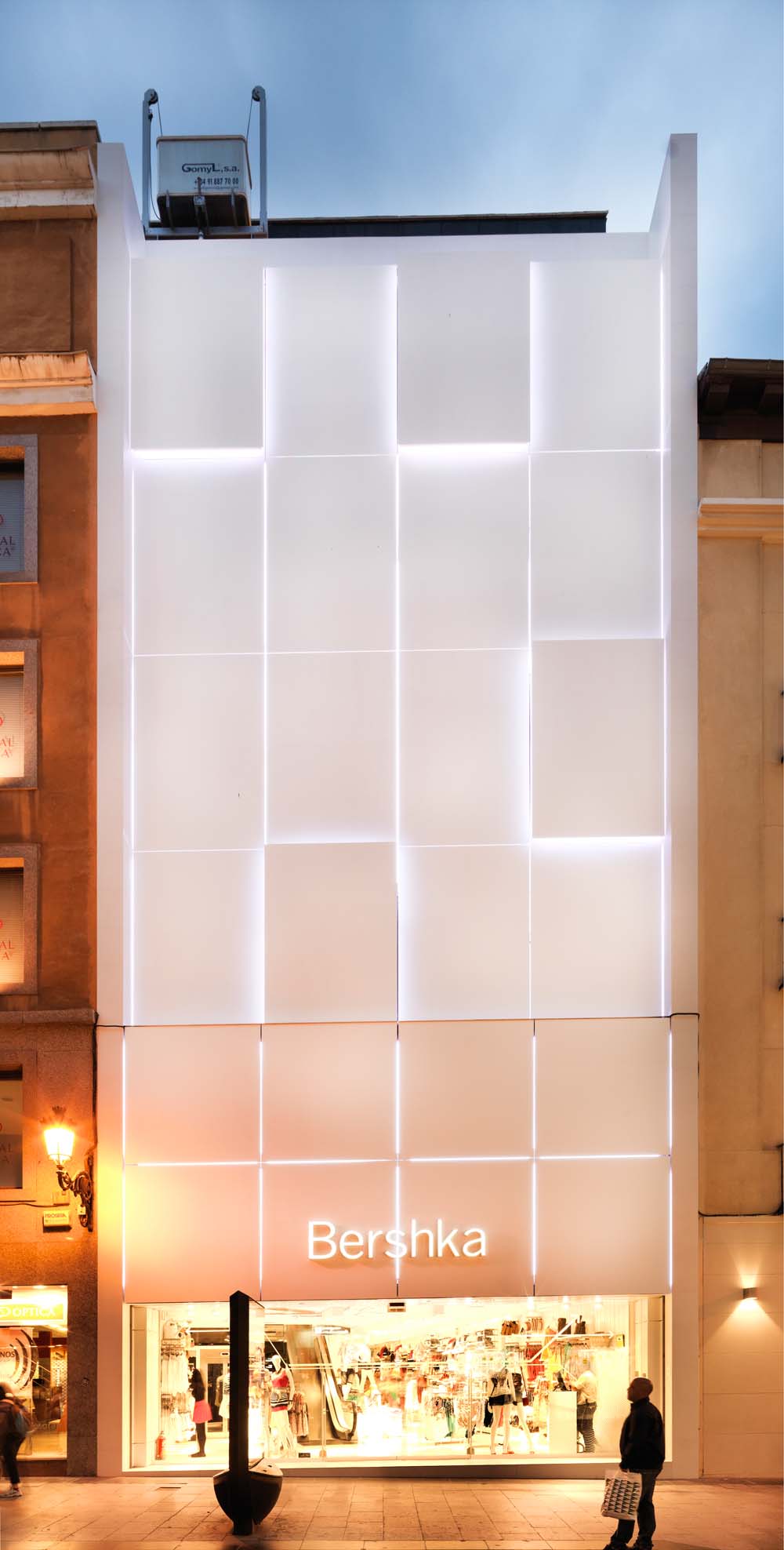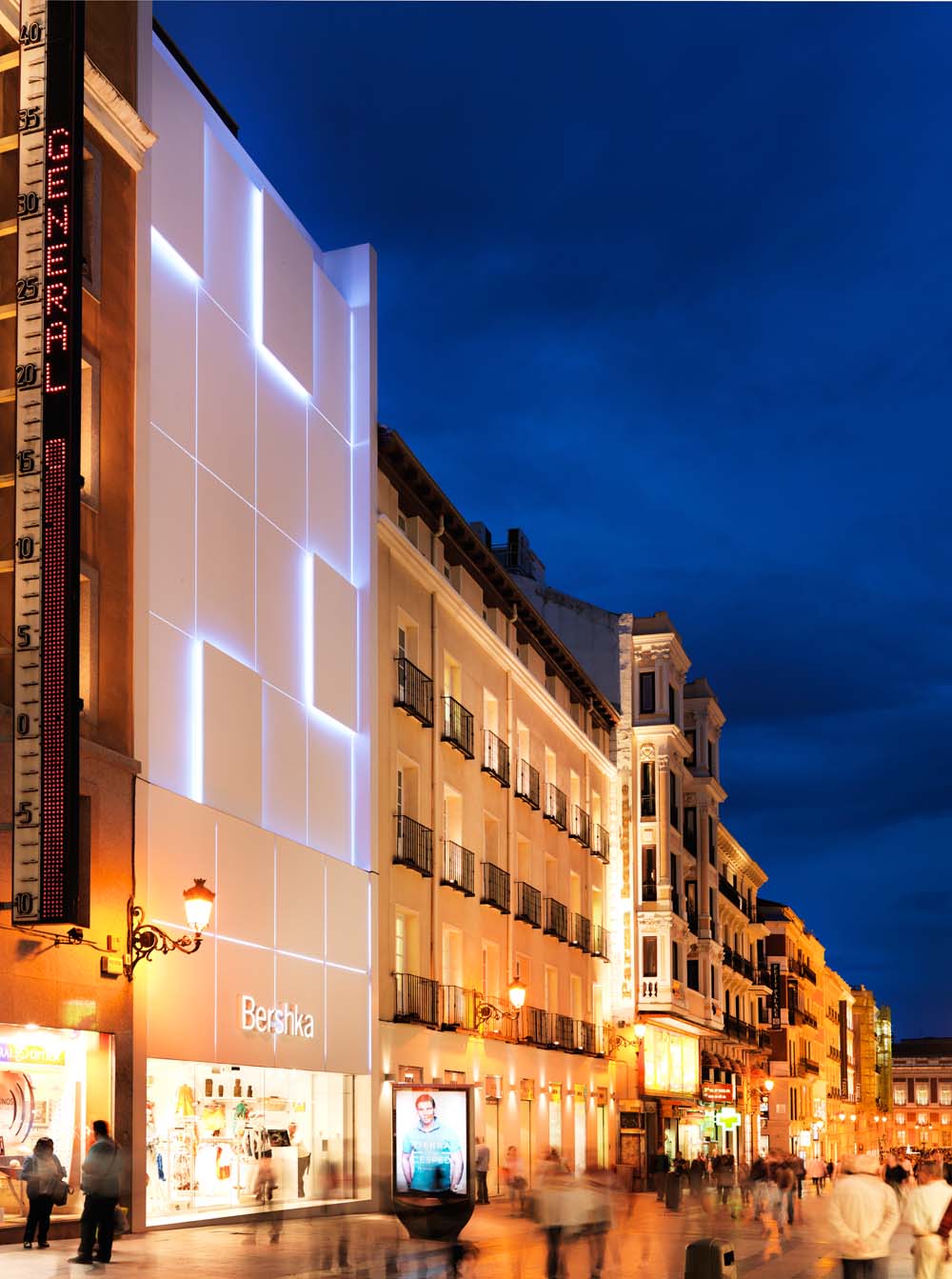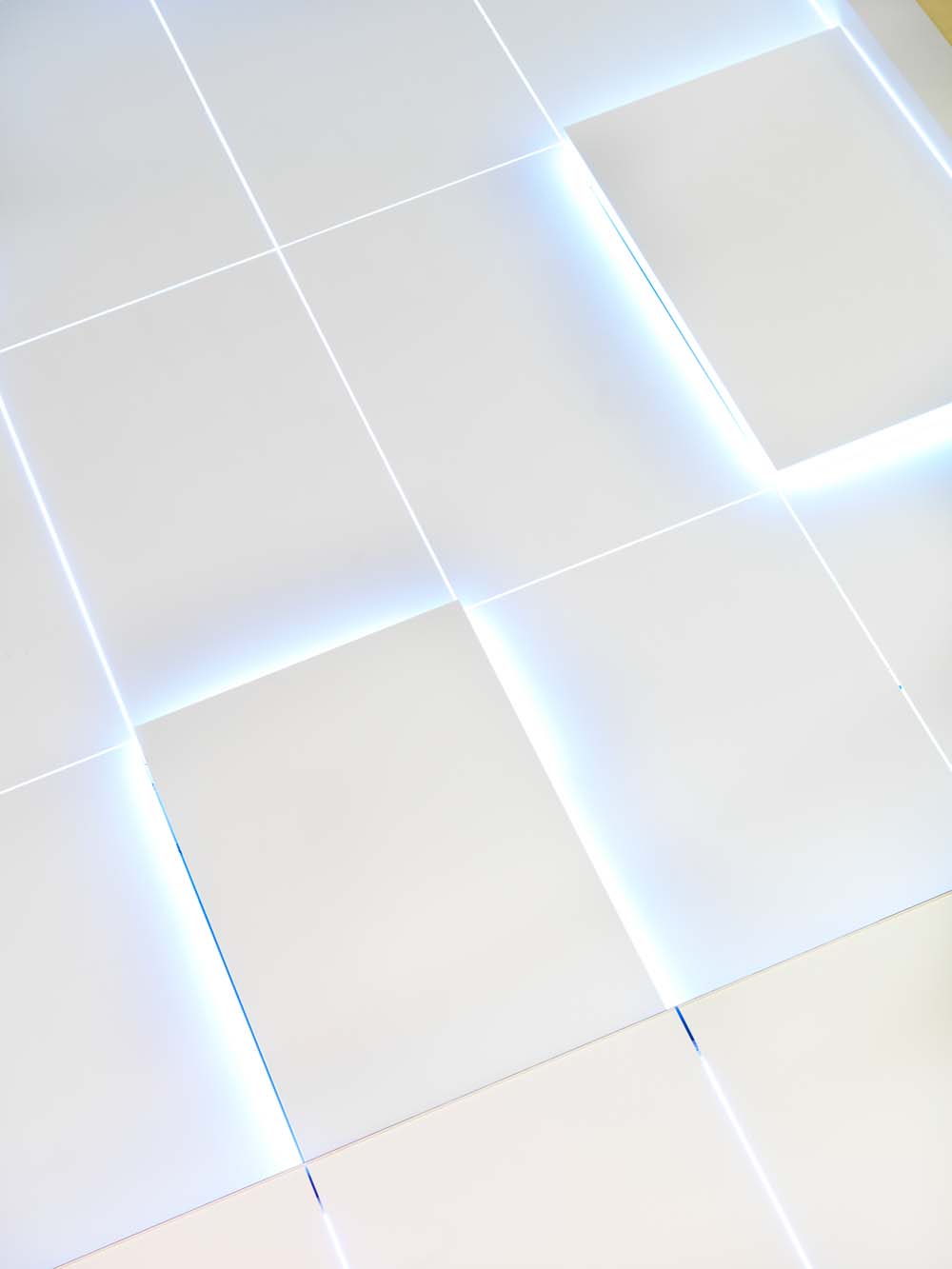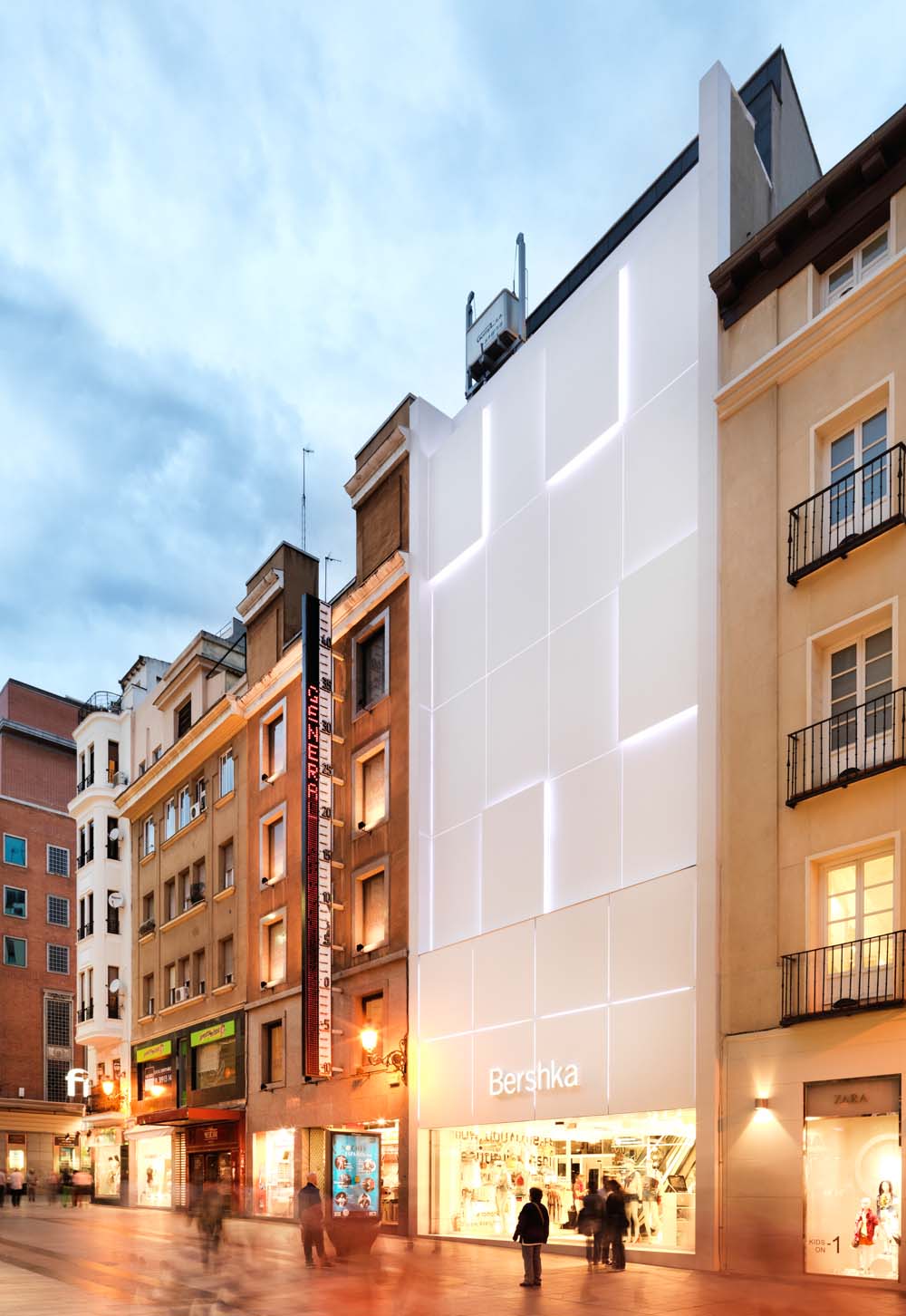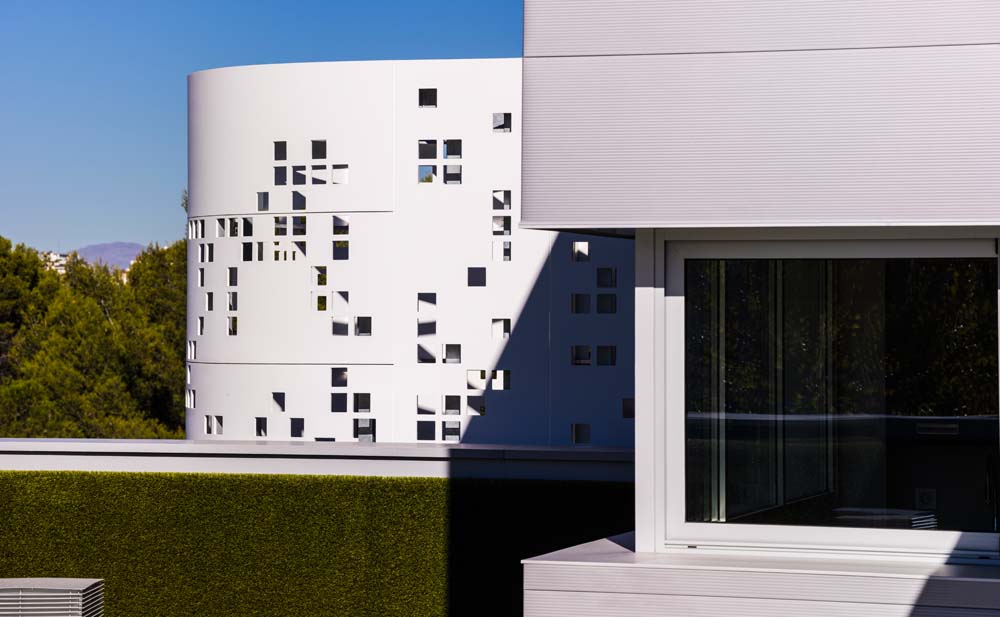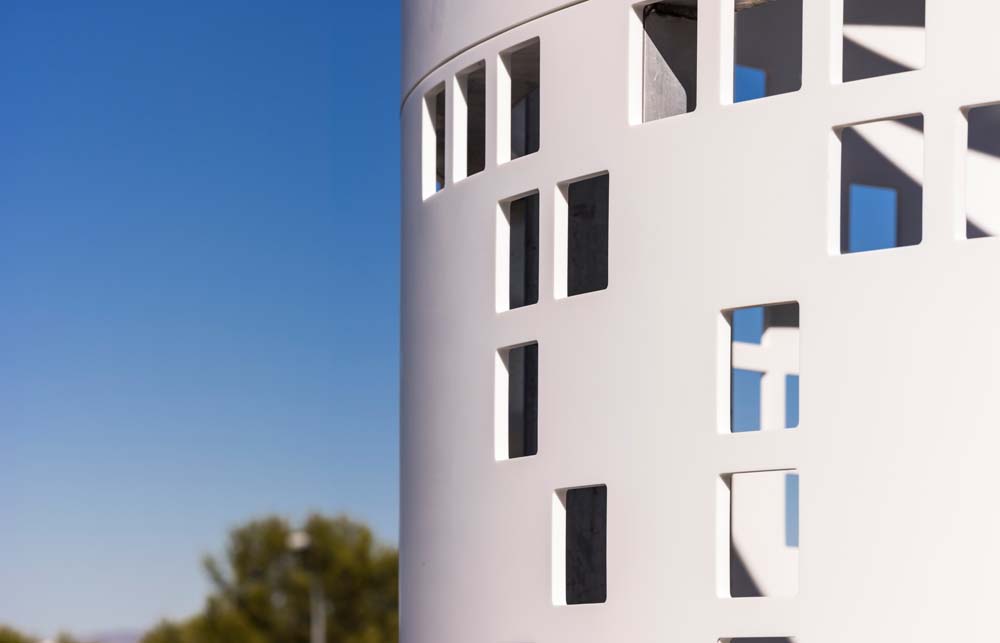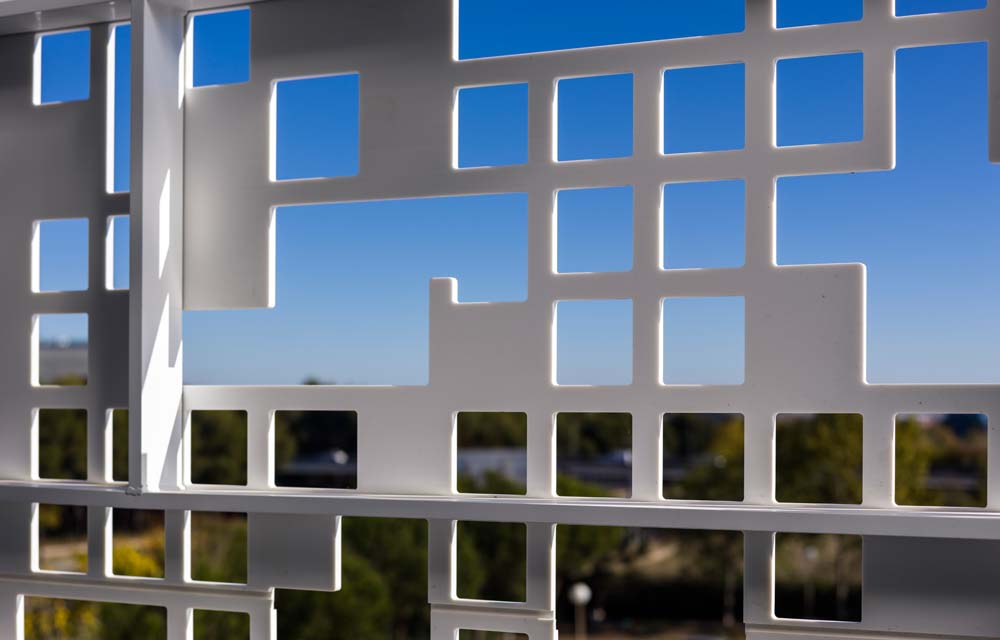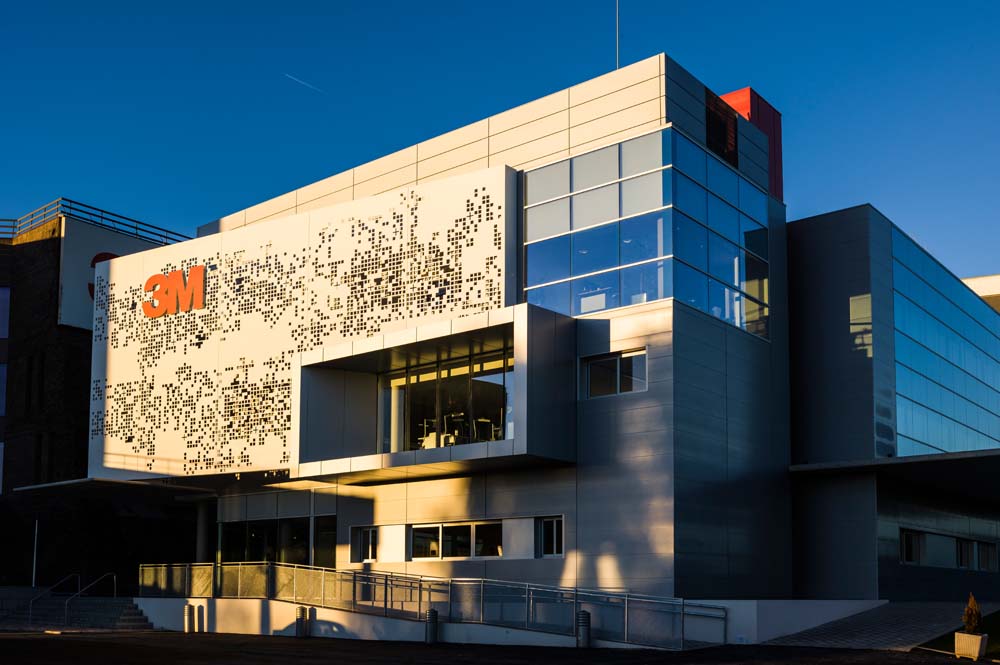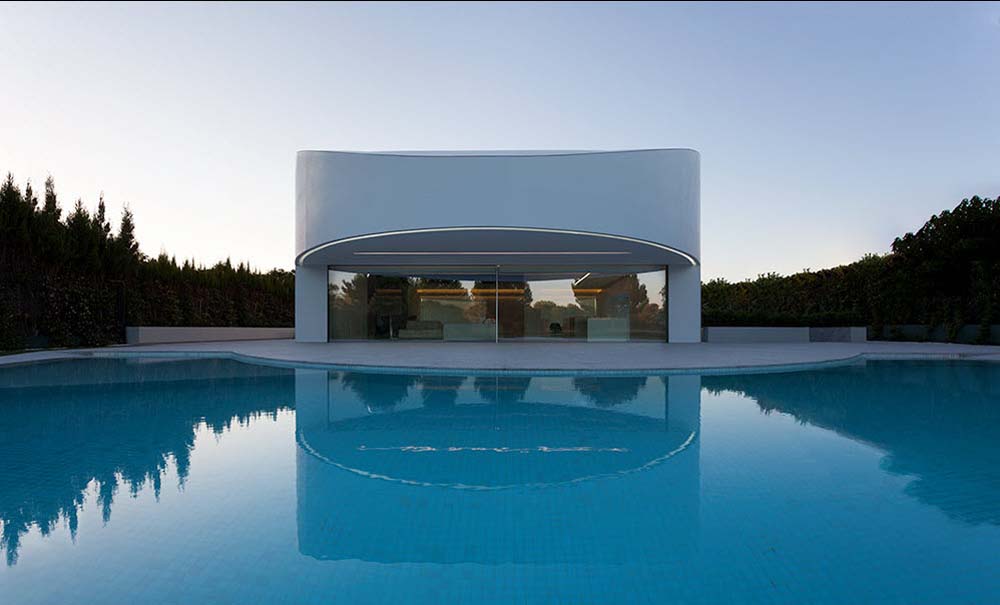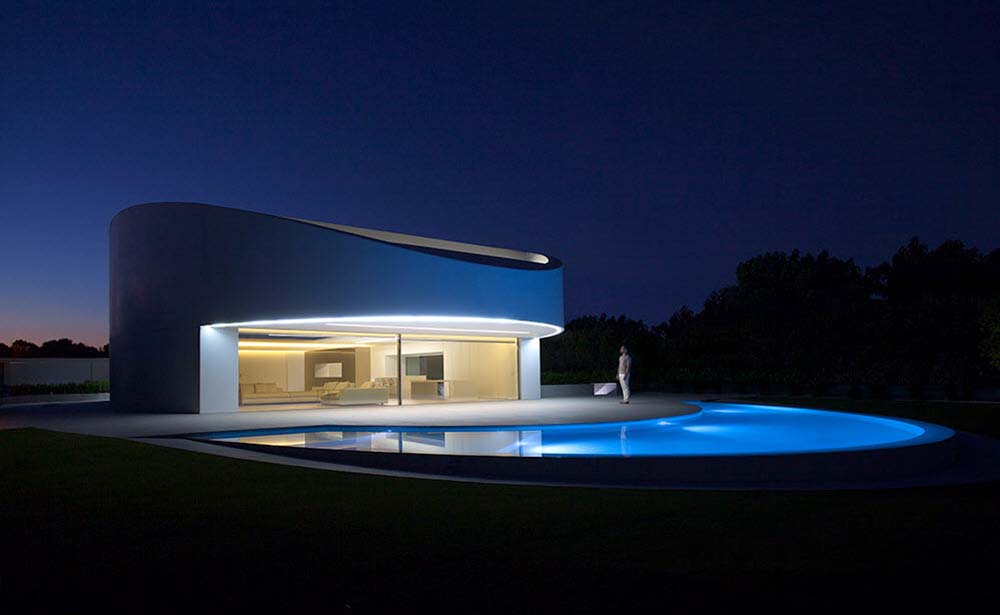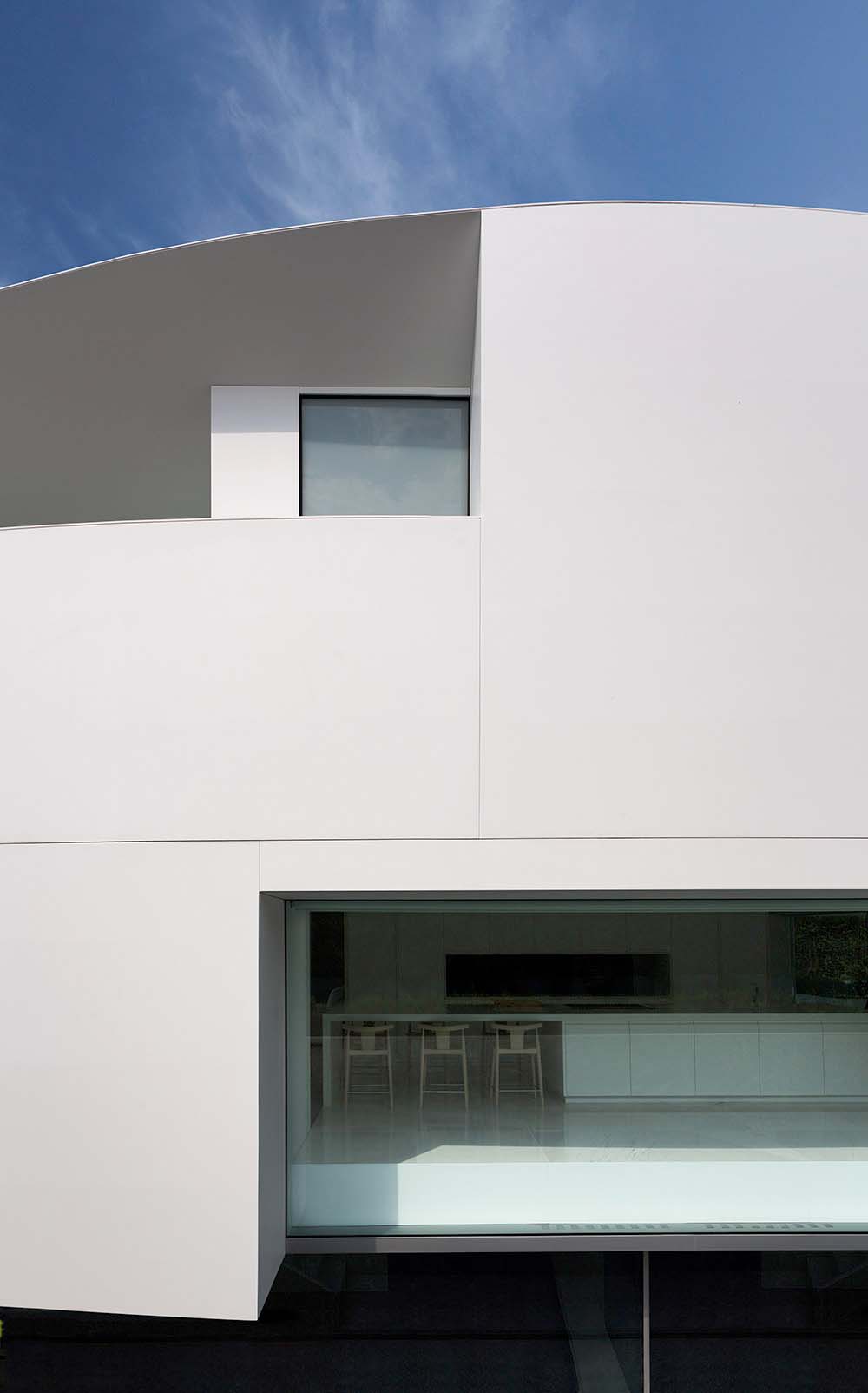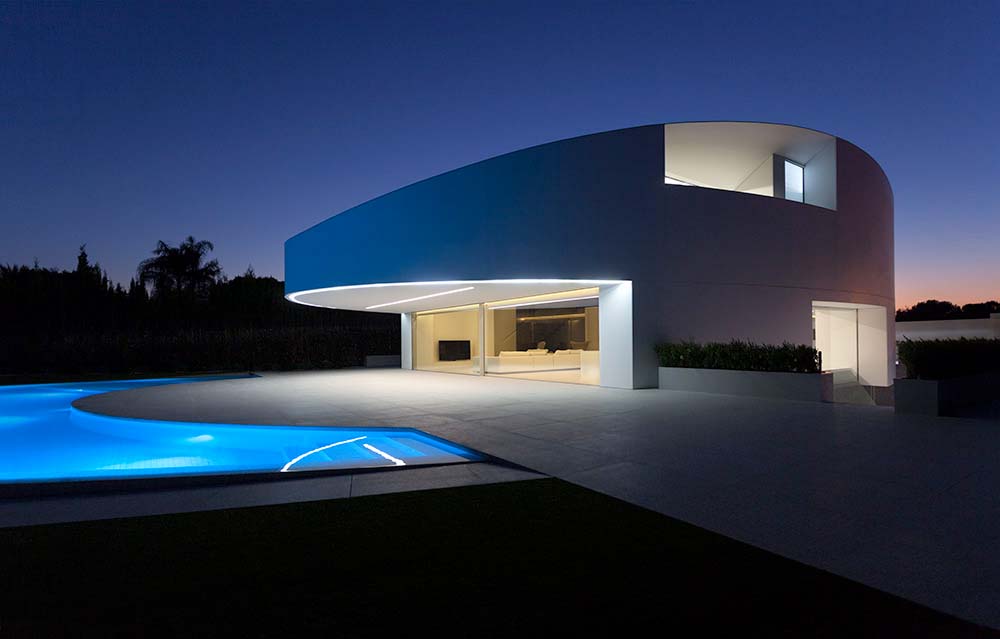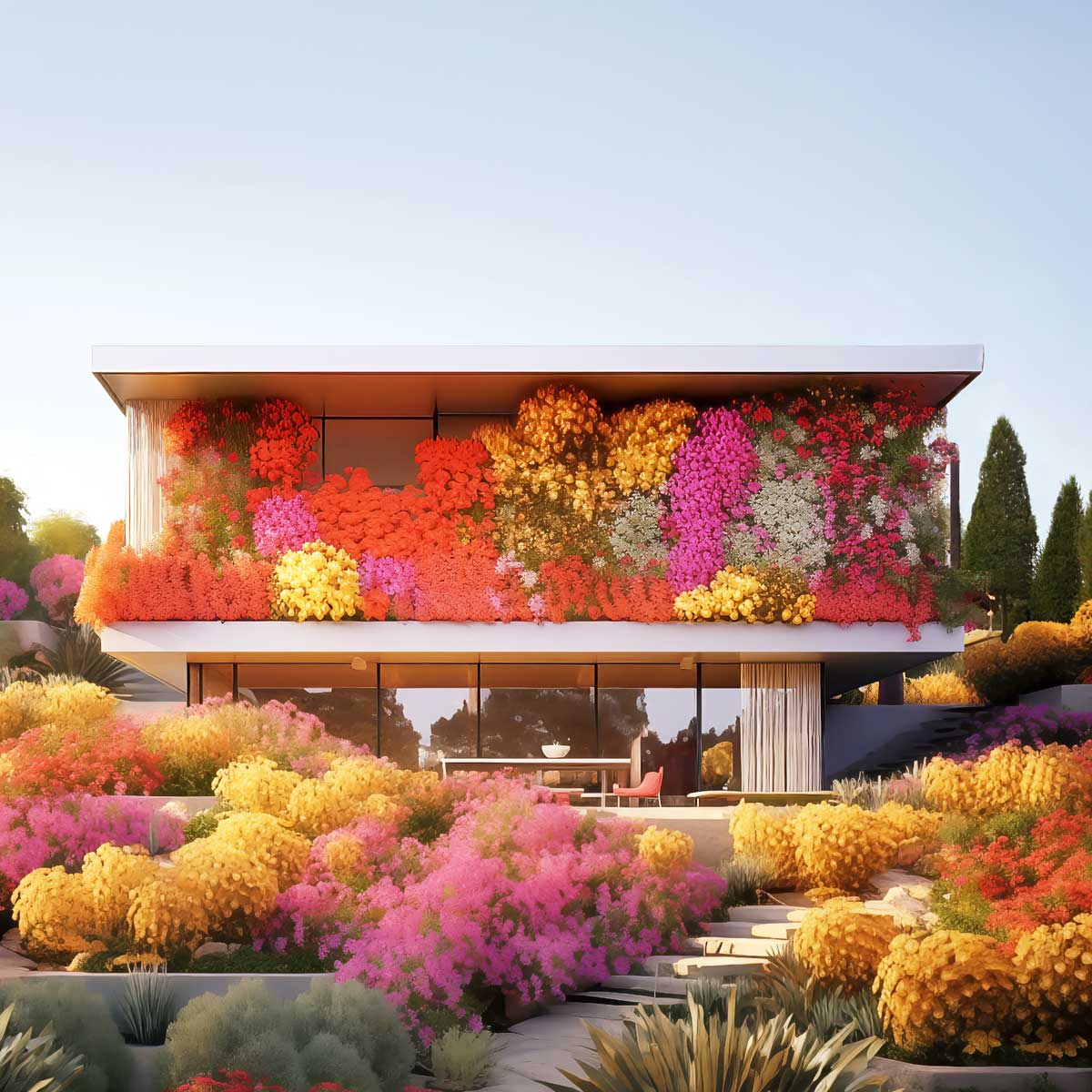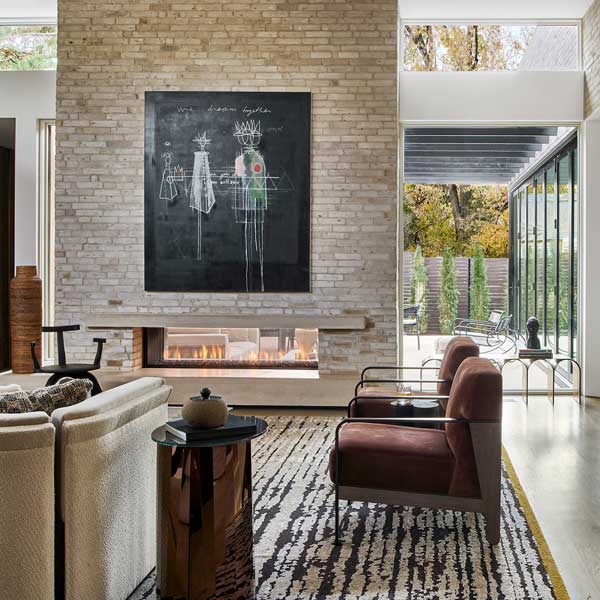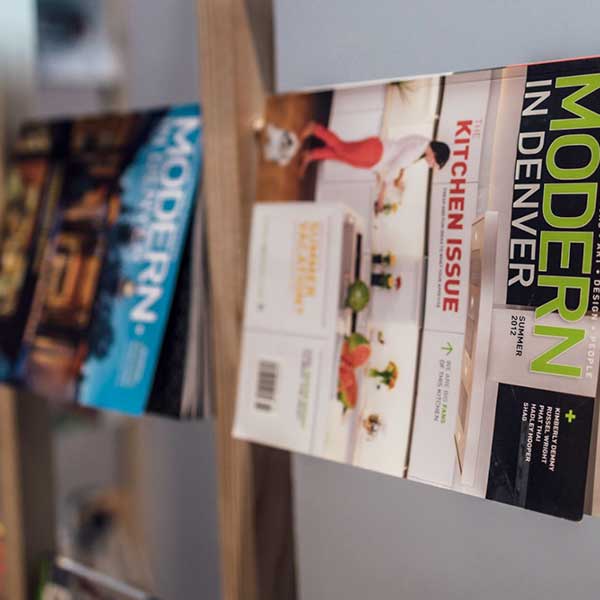After seeing quite a few remarkable projects from Porcelanosa, we wanted to learn more about the materials that went into them. It turns out they all have one thing in common: the exterior cladding. The “ventilated facade” system reduces energy costs by 30 percent, and while it’s widely used in Eurpoe and Asia, its use is fairly new to the US. So what exactly is this ventilated facade used in all these projects?
Ventilated facade is a cladding system with an air cushion or cavity immediately behind which provides with a drainage, ventilation and thermal solution. This ventilation allows for an exchange of air between the outside and the cavity behind the cladding panels, providing the solution for venting any moisture away from the facade.
Not only is the treatment fire-resistant, but it’s eco-friendly, antibacterial, and it can be applied to large surfaces without joints—plus it’s easy on the eyes. To learn more, Porcelanosa offers a CEU course on the cladding, and you can scroll to see examples of the treatment used around the world.


